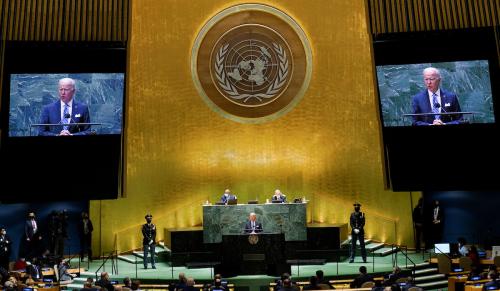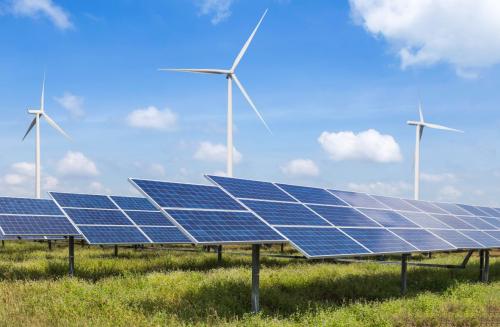The economic and environmental cases for a carbon tax are very strong. A carbon tax could help to raise productivity in key sectors, as well as helping to reduce emissions, as William Gale has pointed out on these pages and Adele Morris has argued in a series of papers.
Carbon taxes attract proponents from commentators on the political left and political right, but few expect to see a national carbon tax anytime soon (indeed, the best hope may now be at the state or metro level). This is because the short-term politics are difficult. Climate change is an example of a myopic policy area, requiring long-term decisions but vulnerable to short-term political pressures.
Since the costs of heating the planet will be incurred at some uncertain point in the future, the temptation to delay any action is strong: especially when it involves short-term political pain. So the gas can gets kicked down the road.
As economist Alan Blinder puts it in Foreign Affairs:
“Myopia is a serious practical problem for democratic governments because politics tends to produce short time horizons — often extending only until the next election, if not just the next public opinion poll. Politicians asked to weigh short-run costs against long-run benefits may systematically shortchange the future.”
Energy and climate change policy is such a practical problem. It is also an area where consistency and reliability in policy is substantively important, most obviously in terms of capital allocation. As I argue in a new paper, Ulysses goes to Washington, one solution to the problem of myopia is a policy commitment device, that binds policy-makers to a long-term path. These devices include institutions (eg. the Fed, or the Base Closure and Realignment Commissions) and the setting of goals (eg. withdrawing from Afghanistan by 2014).
A key feature of a policy commitment device is exit pain. Byran, Karlan and Nelson define a commitment device as, “An arrangement entered into by an agent which restricts his or her future choice set by making certain choices more expensive.”
What kind of policy commitment device could be deployed to reduce carbon emissions? International agreements have been shown to be weak. There are a range of other contenders, ranging from a “carbon central bank,” with power to set carbon emission levels; the passing of “carbon budgets”; carbon bonds; cap and trade systems; targets for reduction of carbon emissions; or the establishment of independent agencies to provide public advice to governments. Each implies a different degree of commitment; each also has their advantages and disadvantages. The tighter commitment devices are beyond the wildest dreams of the greenest U.S. campaigner; on the other hand, the weaker ones have little traction.
A carbon tax, in addition to its other attractions, could bring commitment benefits. While politicians love to position themselves as anti-tax, history shows that once a tax is established, it is highly unlikely to be abolished. The only way to get rid of a tax, and thereby lose the associated revenue, is to cut spending or raise taxes elsewhere—either of which carries some political cost.
There are two ways to further increase the commitment value of a carbon tax. First, all revenues could be used to cut income tax—shifting towards taxing “what we burn, not what we earn.” If abolishing the tax meant increasing income tax, it would be more likely to remain in place.
Second, as Adele Morris and Aparna Mathur suggest, firms could be encouraged to pay their carbon tax bills in advance, perhaps through the use of tradable tax compliance credits. This would create a constituency with a vested interest in the maintenance of the tax.
In an ideal world, legislators and executives would work together to consistently address long-term problems with sustainable policy solutions—and voters would reward them for doing so. But like the rest of us politicians often discount tomorrow too heavily. On an issue as important as the future of the planet, perhaps we can hope that they might see the wisdom of greater commitment, and the deployment of a commitment device.



Commentary
Op-edCarbon taxes as commitment devices
April 14, 2015